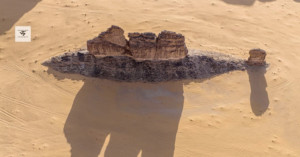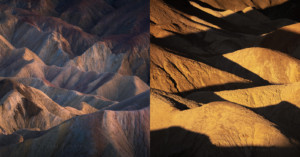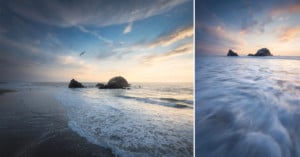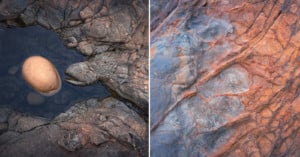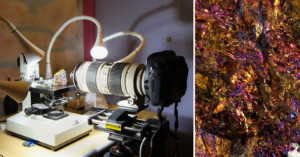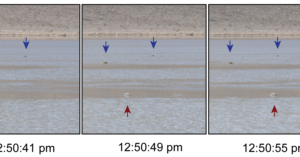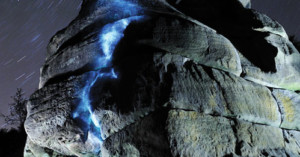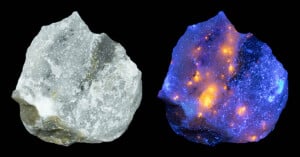
How to Capture Ultraviolet-Induced Fluorescence (UVIF) Photos
Ultraviolet-induced fluorescence (UVIF) occurs when molecules in an object are excited (energized) by high-energy ultraviolet wavelengths (from our UV flashlight) and as a result, emit longer wavelengths in the visible portion of the spectrum (red, green, and blue). These emitted longer wavelengths are what we are photographing.
